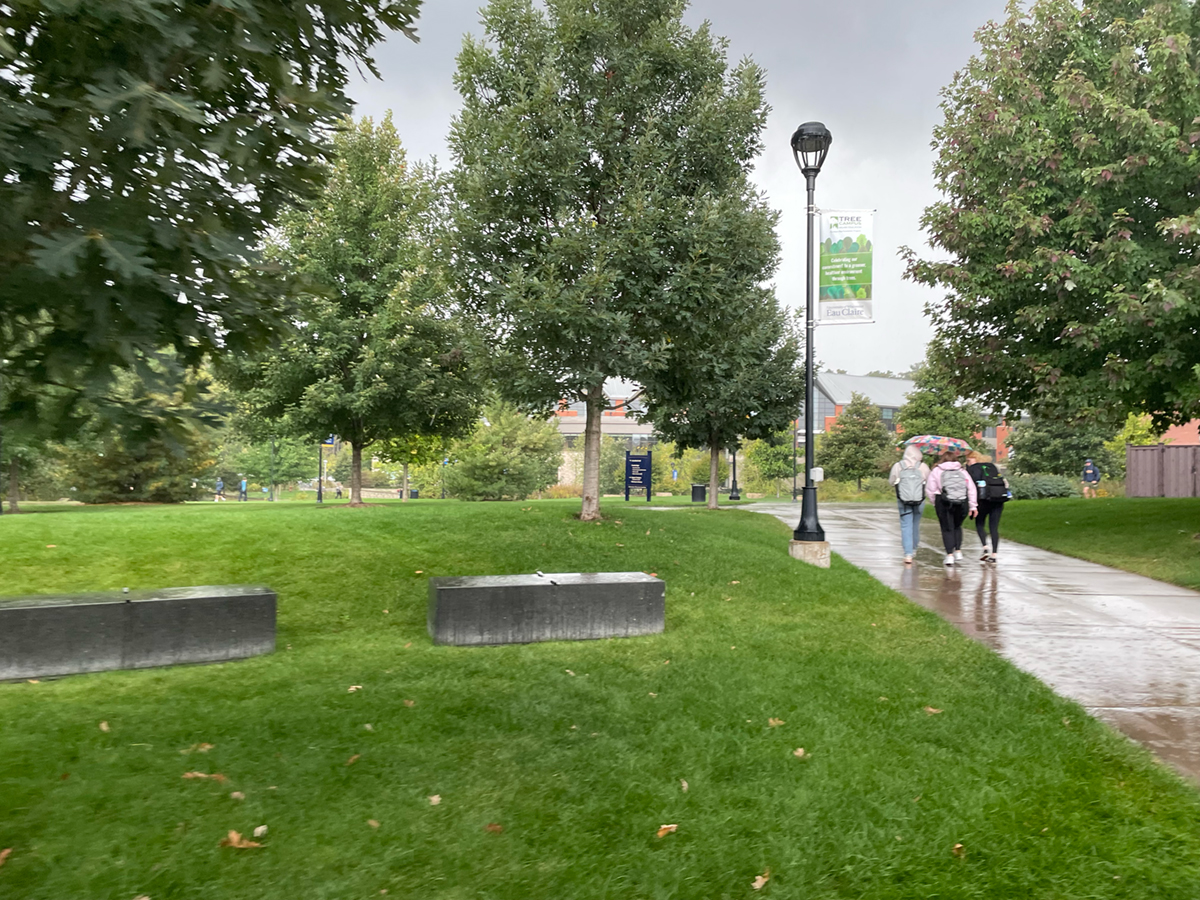Like many students, senior Stacy Knutson uses the Internet for everything from class activities to online banking.
So when her computer wouldn’t stop shutting down and restarting itself a week ago, Knutson was irritated and – not knowing if her hard drive data would be lost – concerned about what was going on.
“I went to sit down and this little thing came up,” she said, “and it said something to the effect of, ‘Your computer will shut down in 60 seconds.’ ”
Knutson’s computer had the Sasser virus, a computer worm that spread worldwide Monday and affected around 1,350 machines on campus.
German authorities have arrested an 18-year-old high school student in connection with creating the virus, which affected Microsoft Windows users, the Associated Press reported Saturday.
At UW-Eau Claire, the virus had Computing and Networking Services staff scrambling to install the “fix” that would remedy the problem.
Because the virus was designed to attack Windows machines, no Macintosh computers were affected, said Jason Wudi, CNS and computing science liaison. The virus also didn’t infect some of the desktop Windows machines used by CNS.
“Lab (personal computers) and desktop PCs are managed differently because there’s different needs,” he said.
“The corrective patch actually came out (April 28).”
But because CNS is so busy at this time during the semester, Wudi said, its employees had to assess the risk of Sasser and react accordingly. Though the worm itself wasn’t too harmful – the Windows machines didn’t lose any data – CNS underestimated its scope, he said.
“Sometimes you get lucky,” he said. “And sometimes you get burned.”
The CNS and Residence Hall Computing helpdesks were inundated with phone calls from students who had gotten the virus, CNS employee Jodi Hansen said.
Users were able to either download the fix from the Web, which was difficult because the machines kept rebooting, or use a CD that was available at the front desks of residence halls.
The CNS helpdesk talked Knutson through the fix process, she said.
“I was really relieved after I got that fixed,” she said. “I was so annoyed.”
One major problem in troubleshooting and preventing viruses like Sasser is the increasingly small notification time between when the patch comes out and when the virus actually hits, Wudi said.
“In the past 18 months,” he said, “that time has gone from months to days.”
But students can protect their machines – at least to an extent – by performing the recommended updates on their computers, he said.
Knutson didn’t always run updates before her computer got Sasser, she said, but the virus changed that.
“I’ll be doing any updates I need to on a regular basis now.”






